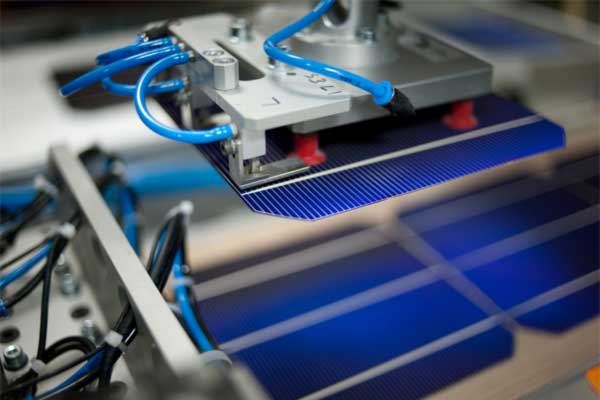Utility-scale solar power prices may decline 60 percent over the next decade thanks to improved technologies, and efficiencies, providing underlying support, said the head of the International Renewable Energy Agency (IRENA).
“Battery storage is expected to decline 60-70 percent within a decade,” said Adnan Amin, IRENA’s Director-General.
Plunging battery storage costs will come into play helping accelerate the transition to a clean energy economy, as storage provides support to renewables during intermittent periods.
IRENA also anticipates that between 80GW-90GW of new solar capacity will be added yearly which can light 8 billion LED light bulbs over the next 5-6 years.
Amin expects South Eastern Asian Nations to reach 23 percent renewable energy generation by 2025, as an ambitious, yet plausible goal. He expects India to see future gains in solar capacity.
Renewables now provide a quarter of the world’s power, but not all countries are embracing them with equal enthusiasm.
Although the future of solar power looks bright, dark clouds may hamper the rapid decline in solar prices as Trump’s solar tariffs may increase other costs that may negatively affect this trend.














Comments